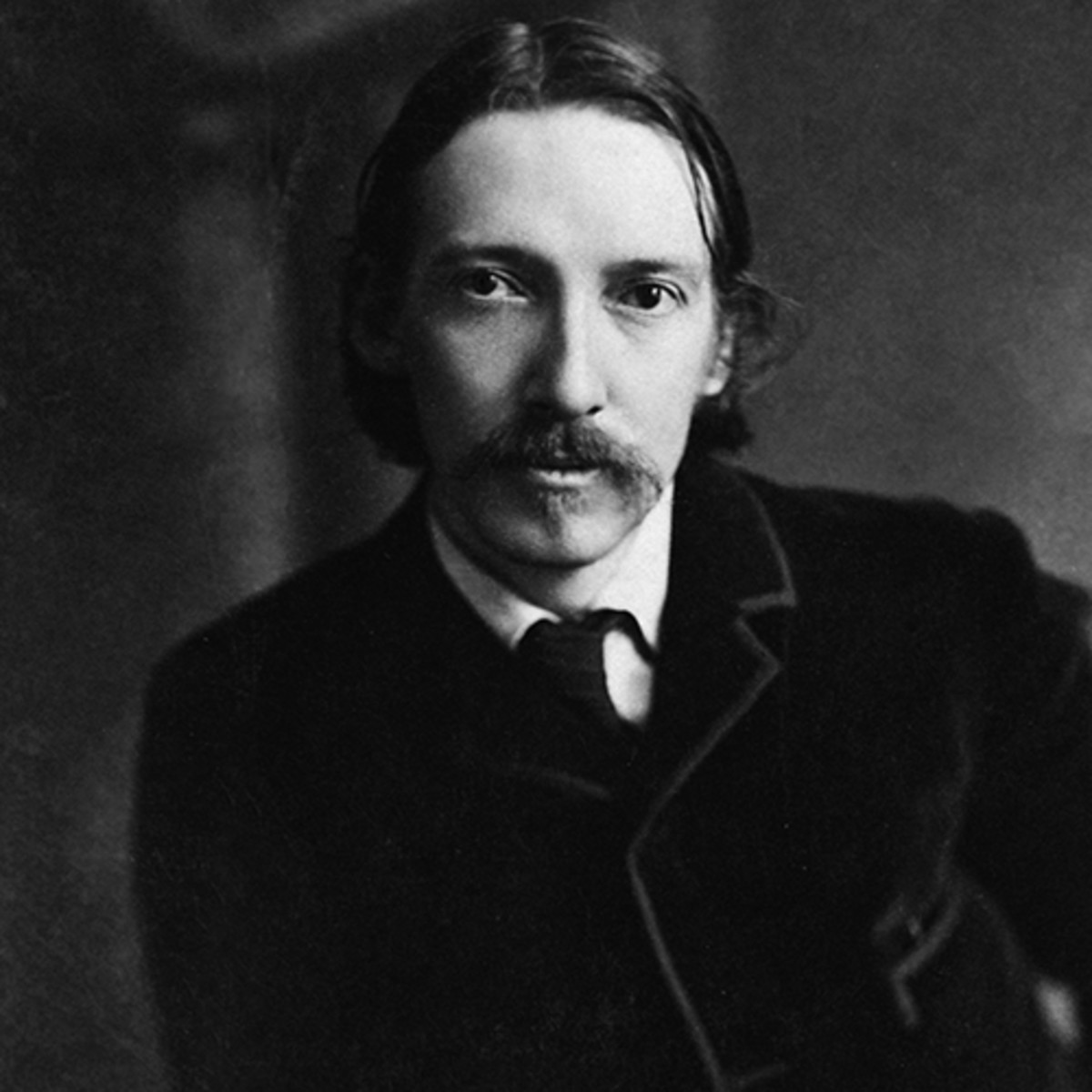I have a little shadow that goes in and out with me,
And what can be the use of him is more than I can see.
He is very, very like me from the heels up to the head;
And I see him jump before me, when I jump into my bed.
The funniest thing about him is the way he likes to grow—
Not at all like proper children, which is always very slow;
For he sometimes shoots up taller like an India-rubber ball,
And he sometimes gets so little that there’s none of him at all.
He hasn’t got a notion of how children ought to play,
And can only make a fool of me in every sort of way.
He stays so close beside me, he’s a coward you can see;
I’d think shame to stick to nursie as that shadow sticks to me!
One morning, very early, before the sun was up,
I rose and found the shining dew on every buttercup;
But my lazy little shadow, like an arrant sleepy-head,
Had stayed at home behind me and was fast asleep in bed.
Published:
1885
Length:
Regular
Literary Movements:
Children's
Anthology Years:
2022
2024
Themes:
Childhood & Coming of Age
Education & Learning
Humor & Satire
Literary Devices:
Alliteration
the repetition of the same letter or sound at the beginning of words appearing in succession
Anthropomorphism
the attribution of human characteristics or behavior to a god, animal, or object
Hyperbole
exaggerated statements or claims not meant to be taken literally
Imagery
visually descriptive or figurative language, especially in a literary work
Irony
the expression of one's meaning by using language that normally signifies the opposite, typically for humorous or emphatic effect
Personification
the attribution of human qualities to a non-human thing
Sensory Detail
words used to invoke the five senses (vision, hearing, taste, touch, smell)

